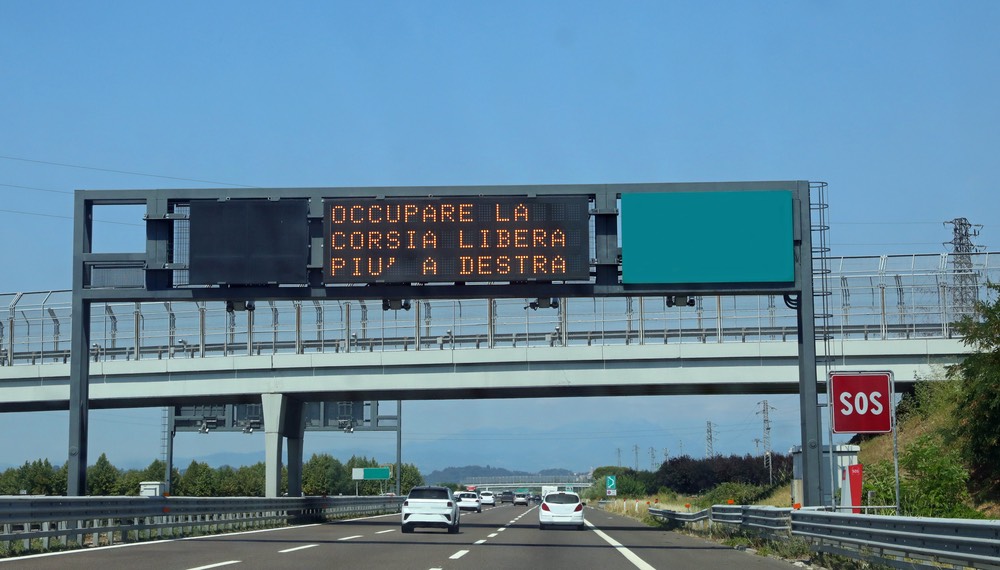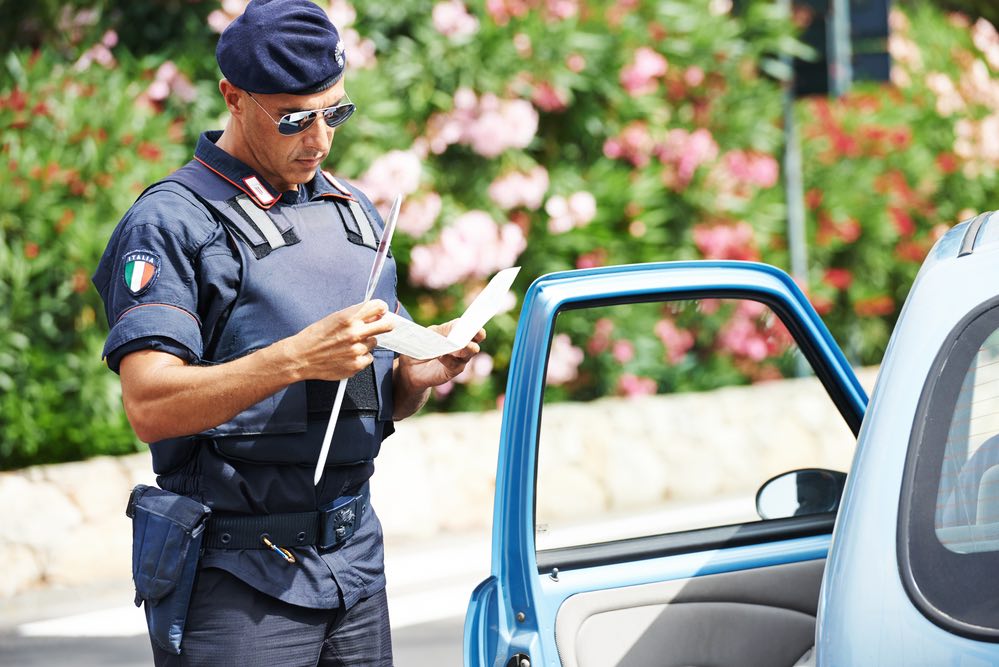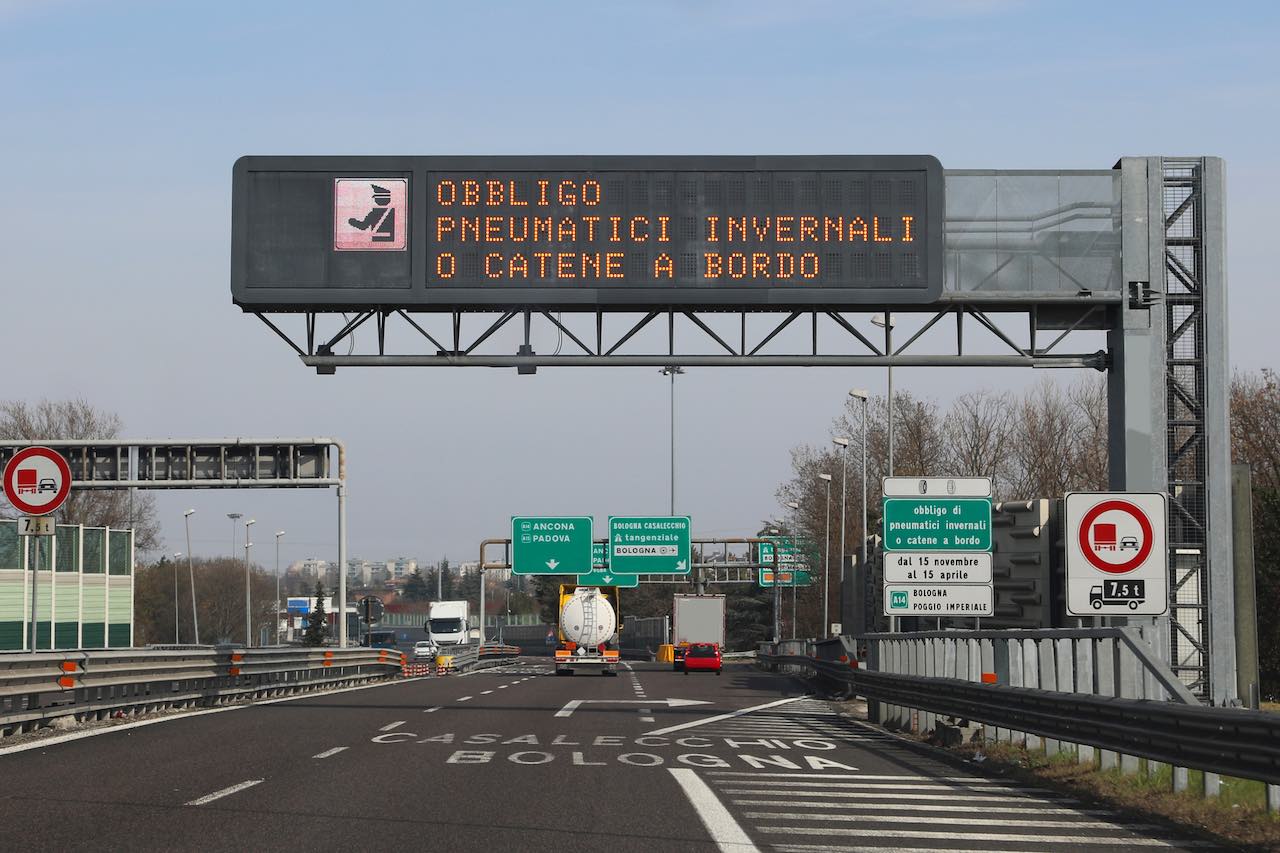Its mission is to improve safety, here’s how it works tutor on highways and what the penalties are.
 Motorway tutor, how it works and the penalties provided, source DepositPhotos
Motorway tutor, how it works and the penalties provided, source DepositPhotos
Safety first
Il Tutor it is a system developed by Motorways for Italy and approved by Ministry from the Infrastructure and gods Transport. His name is SICVe-PM and has the function of calculating the average speed maintained by the motorist between two detection points.
How does it differ from a speed camera
There is often confusion between Tutor and speed cameras. The first is based on the cruising speed maintained during a journey from toll booth to toll booth. While the second instantly detects the speed of the cars.
Basically we can go above 130 km/h along a stretch of motorway, but remember to reduce the speed at the next passage under the Tutor.
How the Tutor works
For those who are not yet clear on how the system works Tutor, just google the Autostrade website to clear up any doubts. Here, we summarize some key points.
Basically, when you take a trip on the highway, a sensor placed in the entrance portal takes a photo of the vehicle.
Thus, the following are recorded: the date, time of passage and the category of the vehicle. Continuing our journey, we repeat the operation at each portal we encounter, until we reach the toll booth exit.
A central system records and cross-references all the data, calculating the travel times of each vehicle and the relative average speed.
Finally, the data of vehicles that have not committed any infringement are deleted immediately. While for cars whose calculated average speed is higher than the permitted speed, the system automatically communicates with the archives of the Motor Vehicle Authority and those of car rental companies. In this way it goes back to the owner of the vehicle.

The system works under all light and climatic conditions
The Traffic Police verify the break-in and compile and print the report, forwarding the data electronically for the notification procedure to the offender.
Let’s specify that the Tutor system works well in case of rain and, as per the Highway Code, in that case it is calibrated to a maximum speed of 110 km/h.
Furthermore, we always take care to respect the rules. The cameras also detect vehicles traveling in the emergency lane.
So let’s not use them in an attempt to bypass the Tutor’s controls.
We add that the operation of the Tutor is independent of the trajectory followed by the vehicle when transiting under the portals. Traveling diagonally or across lanes does not deceive the Tutor system.
Many think that electronic tolls are linked to the Tutor: this is not the case. The Tutor system carries out checks autonomously.
We would like to point out that there are no service stations and rest areas covered by the Tutor, so it is useless to press the accelerator and then deceive the system by pausing.
The tolerance threshold is 5%
Il Information System for Speed Control with technology PlateMatching predicts a tolerance threshold of 5%.
Then, the system will dispute the infringement when the cruising speed is above 136.50 km/h. This also applies in case of bad weather, where the speed limit on the motorway is 110 km/h, and the threshold that activates the Tutor system is just over 115 km/h.
Now, if the speed detected is more than 10 km/h compared to the limit, the fine varies from 42 a 173 eurowithout consequences on the points of the license.
The more the detected speed increases, the more the penalty increases: among the 11 and 40 km/h compared to the limit, it is between 173 a 695 eurocon three points deducted from the driving licence. Between 41 km/h and 60 km/h above average, the fine ranges from 544 to 2,174 euros, with a deduction of six points from the driving licence.
Passed i 60 km/h with respect to the limits, you are sanctioned by the 847 you have 3,389 euroswith a deduction of 10 points from the licence. Finally, the high penalties at night (from 10pm to 7am) include an increase. Doubling of the points deduction if a new driver is driving.
There are 166 routes supervised by the Tutors
Thanks to the Tutor system there is a reduction of accidents. The active points are 166 active points on Italian motorways, so they are covered further 2,500 km of highway. In the 2022, there were 152 active points.
The A1 has more areas covered. There are 50, with 26 on the southern route (from Milan to Naples) and 24 on the northern route (Naples-Milan). The routes covered on the A14 Bologna-Taranto increase from 16 to 18.
L’list of routes is: in addition to the A1 and A14, A4, A5, A6, A7, A8, A10, A13, A16, A23, A26, A28, A30 and A56. The updated map, with details relating to the individual routes, can be consulted on the Autostrade per l’Italia website.
















Leave a Reply
View Comments